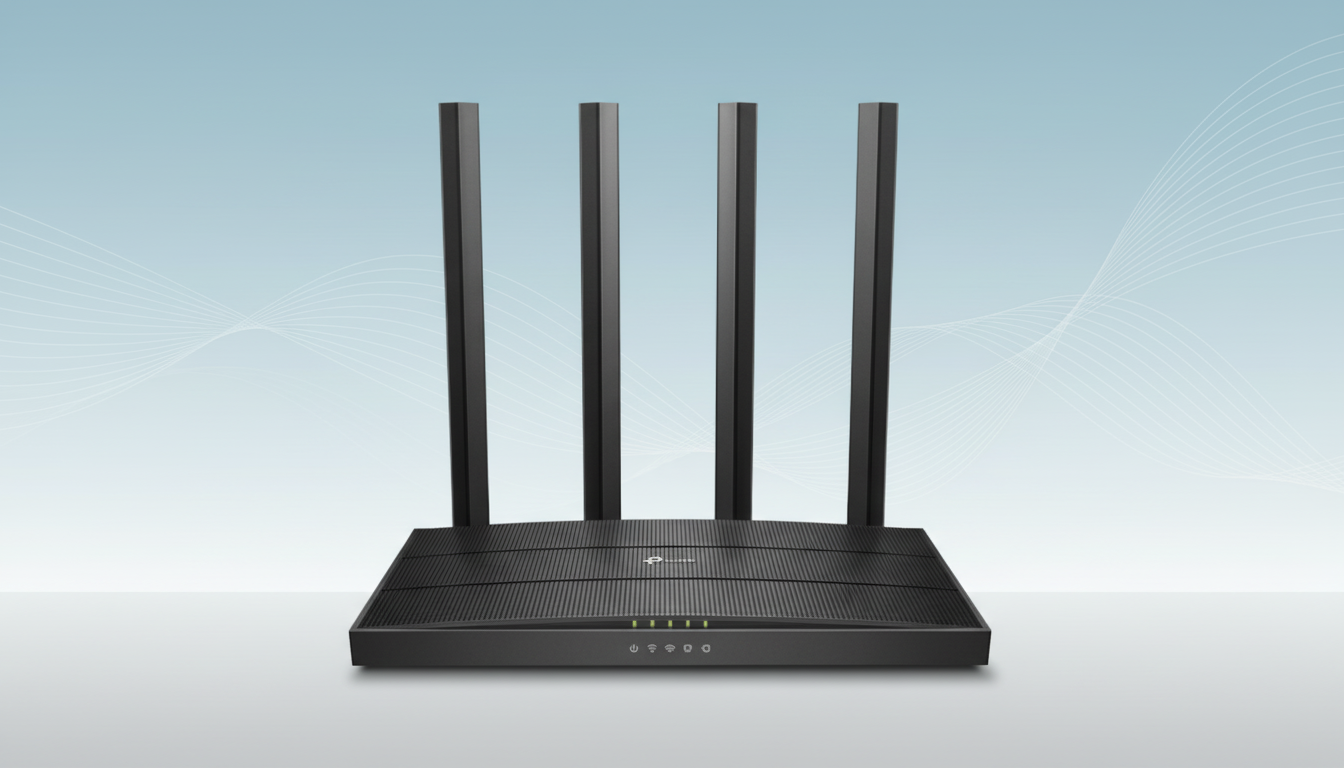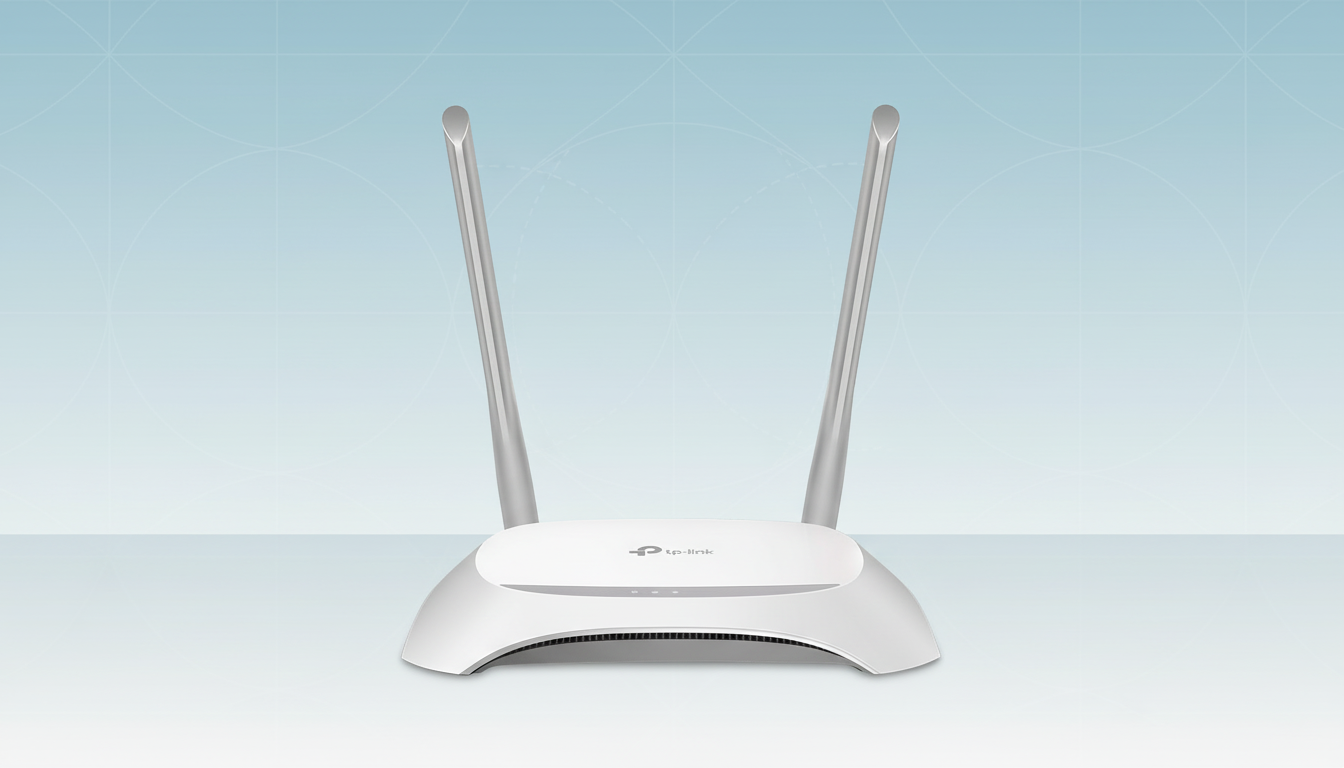U.S. national security officials are falling in line behind a Commerce Department proposal to ban sales of TP-Link routers, expanding Washington’s focus on Chinese-linked equipment in U.S. networks. First reported in internal communications noted by The Washington Post and confirmed by people briefed on the conversations, the move has the backing of a united coalition of agencies, including the Departments of Homeland Security, Justice, and Defense.
TP-Link, a leader in the home Wi-Fi market, is pushing back, labeling the professed threats as baseless and cautioning that a broad prohibition will harm U.S. manufacturers and consumers without bolstering national security.

What the Commerce Department proposal would cover
The Commerce Department is considering taking action under its Information and Communications Technology and Services jurisdiction—a legal instrument allowing the government to restrict or roll back technology deals that pose a national security danger. In reality, the measure would stop the purchase and importation of new TP-Link routers and related equipment in the United States and possibly require remediation for existing items.
People familiar with the process argue that a ban is just one possibility. Commerce could also seek the implementation of a managed or multilateral remedy, such as:
- Code escrow
- Independent security checks
- Closer monitoring of the delivery network
- Limits on remote management functionality
The government may opt not to act if the level of risk is adequately lessened.
Why National Security Officials Are Concerned
The core of the government’s concern lies not only in TP-Link’s sprawling market reach but also in its explicitly declared ties to China. As The Washington Post reported, internal assessments show that consumer and small-office routers sold by TP-Link “can collect sensitive device and traffic metadata” and “offer a discreet vector for cyber espionage and sabotage.”
Security agencies have continued to warn that state-backed threat actors actively target “edge” devices but have an explicit fixation on older or poorly updated SOHO routers used in American homes. CISA and its allied partners point to several campaigns that reuse compromised consumer routers from Coos Bay to Cherry Hill in an attempt to bury malicious activity inside inflating volumes of ordinary network noise.
In addition, officials have pointed to the jurisdictional risk: firms with substantial operations or assets inside China may face both legal and extralegal motives to comply with vague government demands. Without implicating clear backdoors, the sovereignty of software control, update mechanisms, and data visibility form an attack surface that policymakers struggle to police once widely deployed.
TP-Link has forcefully announced that its products do not pose a national security risk, noting that the United States business “commits to the U.S. market, with an independent governance structure operated from Irvine, California, and is committed to the laws and requirements of the United States.” The company’s representatives also note that any sweeping action taken to eliminate imported SOHO routers from the American market would only inflate prices and reduce consumer choice, while hardly addressing the broader class of router vulnerabilities affecting all of its competitors.

The company also argues against the idea that its units generally acquire sensitive data at insecure levels and hence harm users. It asserts its routers go to market and are acquired by end customers the same way as competitors’ units. Thus, it releases patches and new products when there are flaws.
What a ban would mean for buyers and networks.
TP-Link is among the most popular consumer Wi-Fi brands in U.S. retail. Most stores and online marketplaces sell its units in the entry and mid-level categories. Therefore, its removal from these shelves would mean reducing supply at the cheaper end of the market, and buyers would go for more expensive ones such as Netgear, Asus, Eero, and Google Nest Wi-Fi.
There might also be implications for those prepared to use the latest standard. For example, TP-Link’s position in consumer Wi-Fi 7 has been prominent. With any production stop, fewer Wi-Fi 7 units would delay small homes and businesses seeking an overhaul.
For current owners, devices will continue running, but warranties, firmware updates, and retailer returns could cease depending on how the final guidance is crafted. ISPs that lease customer-premises devices would need to find new supply sources. Businesses serving small companies and enterprises may experience short lapses.
How the federal process could unfold and potential outcomes
The federal government has taken tough stances targeting network and surveillance hardware in the past. The FCC has stopped the granting of new equipment authorizations to several Chinese firms on its Covered List, and previous actions limited the use of China-linked video surveillance brands in the U.S. government. The Commerce’s ICTS process represents an additional lane targeting national-security risk rather than a purely commercial risk in technology acquisition transactions.
Analysts anticipate a negotiation period where the government will test the ability of technical and governance safeguards to reduce risk and achieve the desired security level. The final order may vary from a narrowly tailored consent order to a broad-based sales restriction. The White House has not stated its position publicly, and any move will require a measured response to evaluate the risk assessment and its impact on U.S. technology consumers.
Given that multiple security and law-enforcement agencies have already backed the risk assessment and the need for restrictive action, the main message is the same: network edge devices with overseas relationships have attracted Washington, D.C.’s attention.

